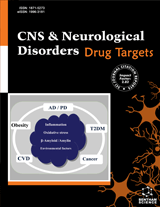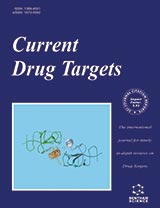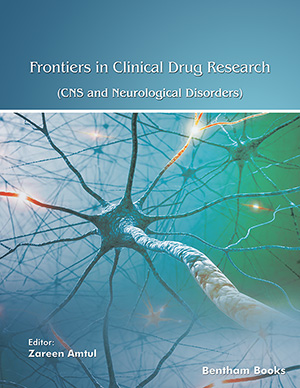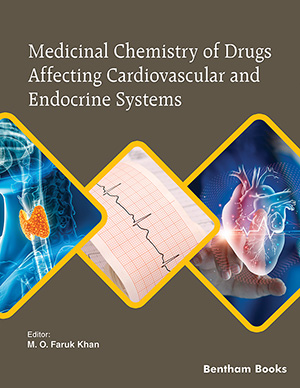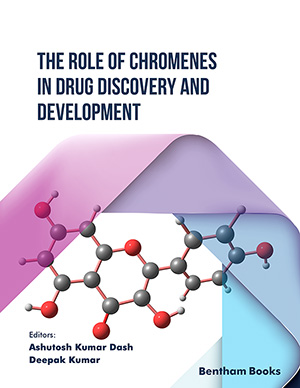Abstract
Iron is a vital element required by almost all cells for their normal functioning. The well-established role of iron in oxidative metabolism, myelination and synthesis of neurotransmitter makes it an indispensable nutrient required by the brain. Both iron deficiency and excess have been associated with numerous patho-physiologies of the brain, suggesting a need for iron homeostasis. Various studies have reported that the immune effector cells of the brain, the microglial cells, are involved in iron homeostasis in the brain. Microglial cells, which accumulate iron during the developmental period, have a role in myelination process. Along with the increased iron accumulation documented in neurodegenerative diseases, the striking finding is the presence of iron positive microglial cells at the foci of lesion. Though excess iron within activated microglia is demonstrated to enhance the release of pro-inflammatory cytokines and free radicals, a complete understanding of the role of iron in microglia is lacking. The present knowledge on iron mediated changes, in the functions of microglia is summarized in this review.
Keywords: Microglia, iron accumulation, iron transport, inflammatory cytokines, free radicals, iron chelators.
CNS & Neurological Disorders - Drug Targets
Title:Consequences of Iron Accumulation in Microglia and its Implications in Neuropathological Conditions
Volume: 12 Issue: 6
Author(s): Gurugirijha Rathnasamy, Eng-Ang Ling and Charanjit Kaur
Affiliation:
Keywords: Microglia, iron accumulation, iron transport, inflammatory cytokines, free radicals, iron chelators.
Abstract: Iron is a vital element required by almost all cells for their normal functioning. The well-established role of iron in oxidative metabolism, myelination and synthesis of neurotransmitter makes it an indispensable nutrient required by the brain. Both iron deficiency and excess have been associated with numerous patho-physiologies of the brain, suggesting a need for iron homeostasis. Various studies have reported that the immune effector cells of the brain, the microglial cells, are involved in iron homeostasis in the brain. Microglial cells, which accumulate iron during the developmental period, have a role in myelination process. Along with the increased iron accumulation documented in neurodegenerative diseases, the striking finding is the presence of iron positive microglial cells at the foci of lesion. Though excess iron within activated microglia is demonstrated to enhance the release of pro-inflammatory cytokines and free radicals, a complete understanding of the role of iron in microglia is lacking. The present knowledge on iron mediated changes, in the functions of microglia is summarized in this review.
Export Options
About this article
Cite this article as:
Rathnasamy Gurugirijha, Ling Eng-Ang and Kaur Charanjit, Consequences of Iron Accumulation in Microglia and its Implications in Neuropathological Conditions, CNS & Neurological Disorders - Drug Targets 2013; 12 (6) . https://dx.doi.org/10.2174/18715273113126660169
| DOI https://dx.doi.org/10.2174/18715273113126660169 |
Print ISSN 1871-5273 |
| Publisher Name Bentham Science Publisher |
Online ISSN 1996-3181 |
Call for Papers in Thematic Issues
Heart and Brain Axis Targets in CNS Neurological Disorders
Recently there has been a surge of interest in delving deeper into the complex interplay between the heart and brain. This fascination stems from a growing recognition of the profound influence each organ holds over the other, particularly in the realm of central nervous system (CNS) neurological disorders. The purpose ...read more
Lifestyle Interventions to Prevent and Treat Cognitive Impairment and Dementia
More than 55 million people live with dementia worldwide. By 2050, the population affected by dementia will exceed 139 million individuals. Mild cognitive impairment (MCI) is a pre-dementia stage, also known as prodromal dementia, affecting older adults. MCI emerges years before the manifestation of dementia but can be avoidable and ...read more
Novel Treatments in Subarachnoid Hemorrhage
The current landscape of therapeutic strategies for subarachnoid hemorrhage (SAH), a significant adverse neurological event commonly resulting from the rupture of intracranial aneurysms, is rapidly evolving. Through an in-depth exploration of the natural history of SAH, historical treatment approaches, and emerging management modalities, the present work aims to provide a ...read more
Pathogenic Proteins in Neurodegenerative Diseases: From Mechanisms to Treatment Modalities
The primary objective of this thematic issue is to elucidate the molecular mechanisms by which pathogenic proteins contribute to neurodegenerative diseases and to highlight current and emerging therapeutic strategies aimed at mitigating their effects. By bringing together cutting-edge research and reviews, this issue aims to: 1.Enhance Understanding: Provide a comprehensive ...read more
 66
66
- Author Guidelines
- Graphical Abstracts
- Fabricating and Stating False Information
- Research Misconduct
- Post Publication Discussions and Corrections
- Publishing Ethics and Rectitude
- Increase Visibility of Your Article
- Archiving Policies
- Peer Review Workflow
- Order Your Article Before Print
- Promote Your Article
- Manuscript Transfer Facility
- Editorial Policies
- Allegations from Whistleblowers
Related Articles
-
Leukocytes in Diabetic Retinopathy
Current Diabetes Reviews Mitochondrially-Targeted Therapeutic Strategies for Alzheimer’s Disease
Current Alzheimer Research Monitoring Inflammation, Humoral and Cell-mediated Immunity in Pancreas and Islet Transplants
Current Diabetes Reviews Discovery and Evaluation of Efficient Selenazoles with High Antifungal Activity Against Candida spp.
Medicinal Chemistry Characterization of Endogenous Neural Progenitor Cells after Experimental Ischemic Stroke
Current Neurovascular Research Serum Vitamin E (α-Tocopherol) Estimation: A Potential Biomarker of Antioxidant Status Evaluation on Heavy Metal Toxicities
Recent Patents on Biomarkers Beta-Blockers: Current State of Knowledge and Perspectives
Mini-Reviews in Medicinal Chemistry Potential of Sulphur-containing Amino Acids in the Prevention of Catecholamine-induced Arrhythmias
Current Medicinal Chemistry Structure, Function and Control of Complement C5 and its Proteolytic Fragments
Current Molecular Medicine Anti-Aging Drugs – Prospect of Longer Life?
Current Medicinal Chemistry Polysaccharide-Based Nanobiomaterials as Controlled Release Systems for Tissue Engineering Applications
Current Pharmaceutical Design Importance of Aquaporins in the Physiopathology of Brain Edema
Current Pharmaceutical Design Mitochondrial Dysfunction and Endoplasmic Reticulum Stress in Diabetic Retinopathy: Mechanistic Insights into High Glucose-Induced Retinal Cell Death
Current Clinical Pharmacology Targeted Mitochondrial Drugs for Treatment of Ischemia-Reperfusion Injury
Current Drug Targets Vascular Endothelial Growth Factor and Angiopoietins in Neurovascular Regeneration and Protection Following Stroke
Current Neurovascular Research Stroke Prevention: From Available Antiplatelet Drugs to Novel Molecular Targets
Current Drug Targets Endothelial Progenitor Cells in Prehypertension
Current Pharmaceutical Design Urine IL-18 is a Biomarker of Early Acute Kidney Injury (AKI)
Recent Patents on Biomarkers Application of VEGF Gene Therapy in Two Basic Fields of Plastic- Reparative Surgery: Tissue Reconstruction with Flaps and Peripheral Nerve Surgery
Recent Patents on Regenerative Medicine Carbon Monoxide in Acute Lung Injury
Current Pharmaceutical Biotechnology


